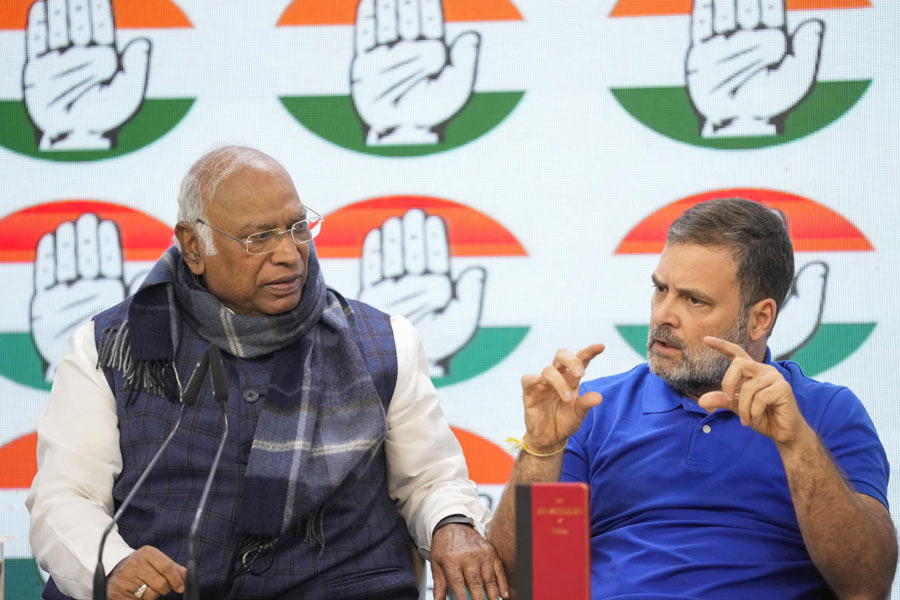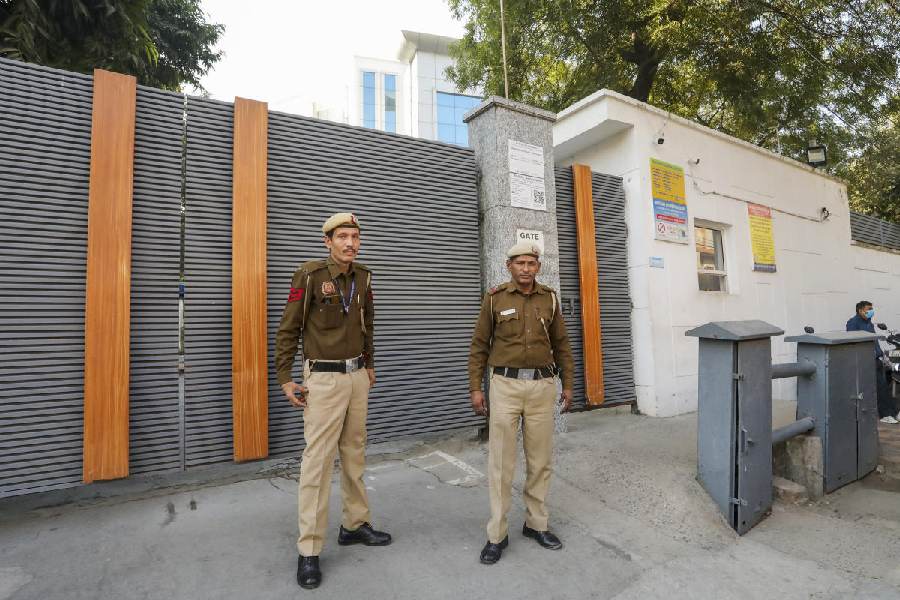April is England’s greenest month. The hedgerows and trees are breaking into leaf, fresh grass is sprouting, the corn sown last autumn is springing up brighter than it will be till the golden harvest. This greenness must be welcome anywhere, but most of all, surely, in places where it follows long winter months of brown and grey. So green should always be a word of good omen.
Should be, but isn’t. True, it has recently become an overused word of praise. To be green or, still better, go green are today clichés of environmental virtue. My neighbours are eagerly greening our village, and they don’t mean painting it; a car can be glaring red, but also green, if its emissions are low. Yet only in 1980 did Germany produce the world’s first political party with green — in German, of course — in its title. (Well, not quite the first: Constantinople had one 1,300 years ago.) For most of its life since England’s Saxon invaders brought the word in, green has been, at best, ambiguous.
It quite early began to mean fresh or young. By Shakespeare’s time it had added the sense of inexperienced, as in The text is old, the orator too green in his poem, Venus and Adonis. This sense was then further widened into incompetent, naïve or gullible. “He is so jolly green,” says a character in Oliver Twist. A greenhorn began life around 1450 as a young, horned animal; by 1700 it was also a person new to his trade — or some town or country — and of not much use.
Colour conscious
In Ireland, under British rule, wearing the green, the three-leaved Irish shamrock, was a symbol of nationalist defiance. But in Britain the colour, especially in its deeper shades, is often thought unlucky. Not by everyone: dark racing green was standard for the 1930s’ British racing cars. But even today my wife has trouble finding dark green towels to buy. This may be because in Christian art demons and dragons were traditionally shown as green. Does it distantly echo the colour’s link with Islam? Whatever the reasons, language reflects this distrust.
For Shakespeare, jealousy was the green-eyed monster. Why green-eyed? The line goes on...which doth mock the meat it feeds on. I doubt he merely meant the domestic cat playing with the mouse it is about to devour. Today, one may be disagreeably green with envy or pea-green from seasickness. Carlyle in the 1830s called Robespierre, the Pol Pot of the French Revolution, the sea-green incorruptible. He was, in fact, merely recording the colour of Robespierre’s coat. But sea-green has had a bad name ever since, not aided by James Joyce’s much-quoted snot-green, scrotum-tightening sea.
No haven of calm
Even in its conventional senses, green attracts more than its share of misfortune. Sure, America has its greenbacks and roads their green lights. But in Britain, a greenfield site habitually means one that some developer plans to cover with bricks. The green zone in Baghdad is no haven of calm. It was a green line that used to divide Jerusalem before 1967, and The Green Curve was the title of a grim, once well-known, 1910-ish story by a future British general. In it a curve of that colour on a graph showed the commander of a besieged city that the only way he could string out its food supplies till relief arrived was by driving out the women and children to starve between the lines.
And if little green men from some UFO carry you off as you read this piece, you can be sure they are no kin of a friendly, frightened little ET.










